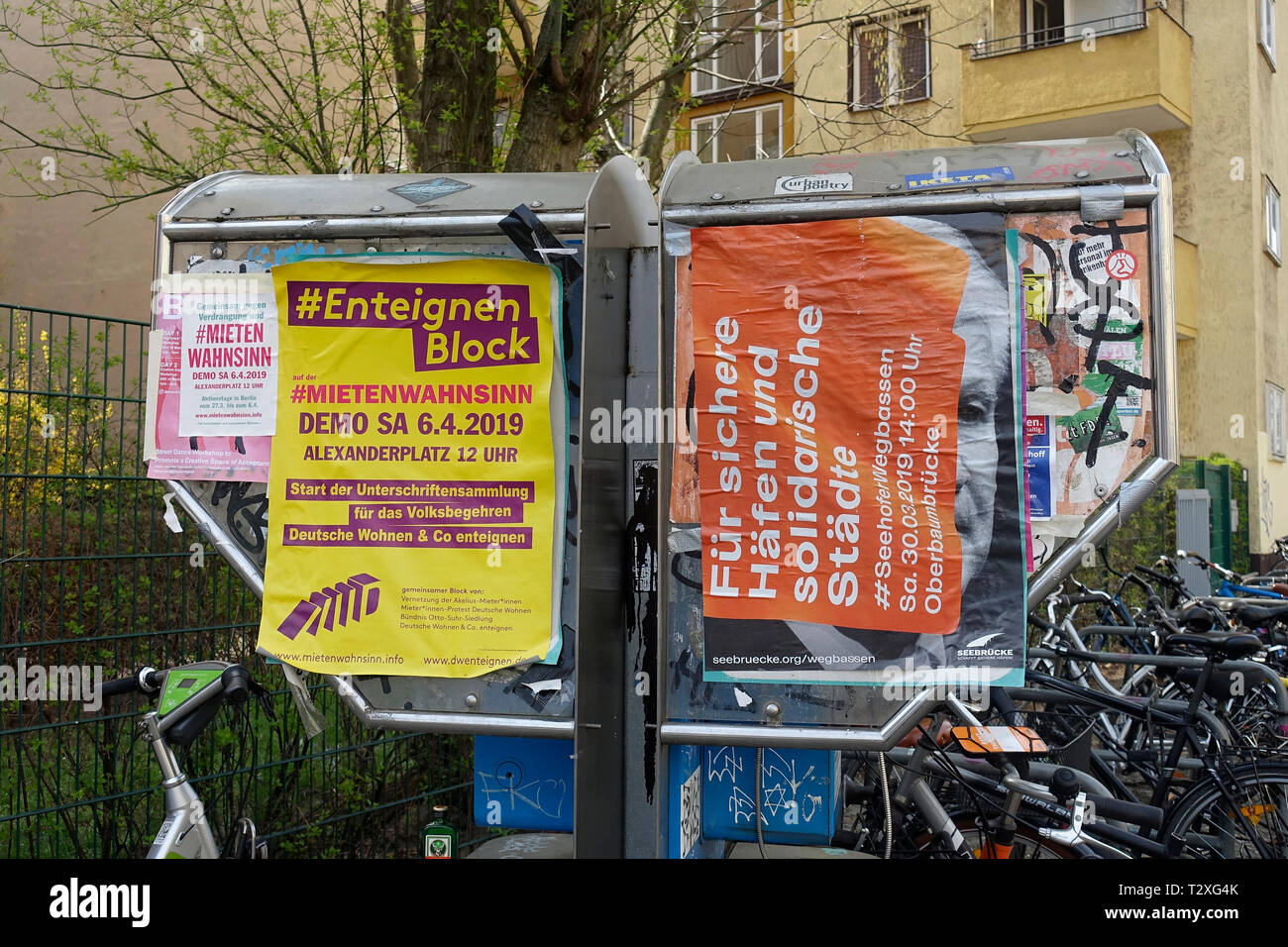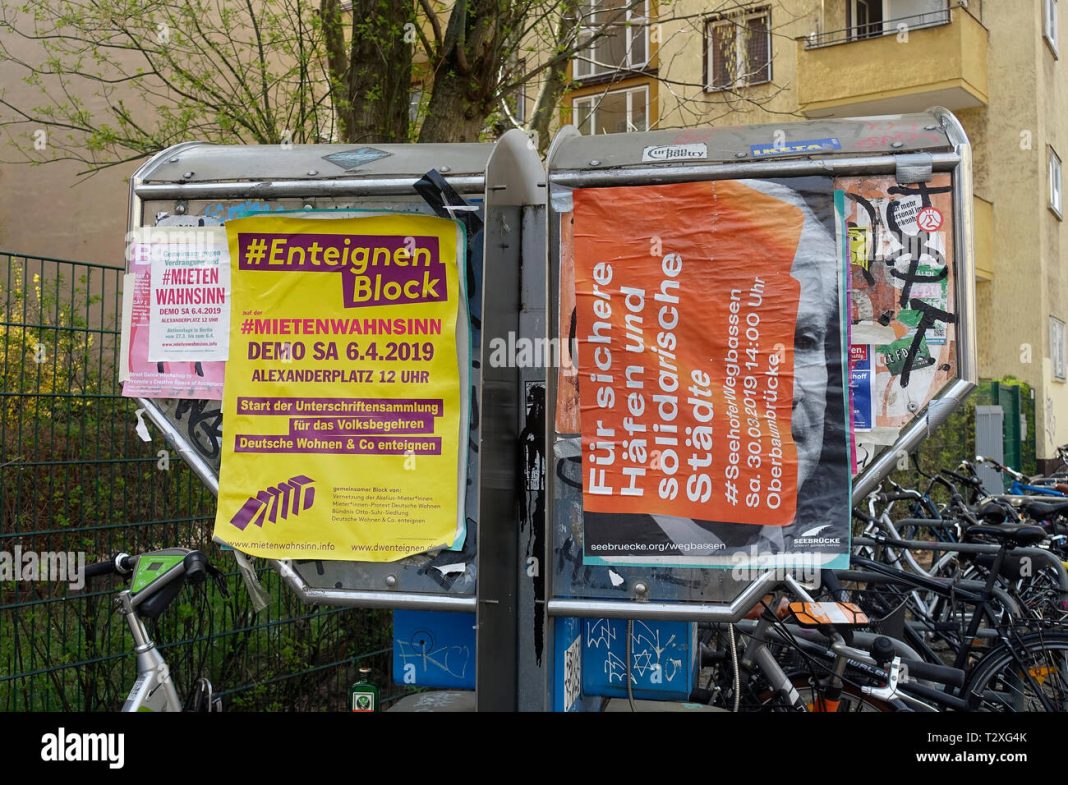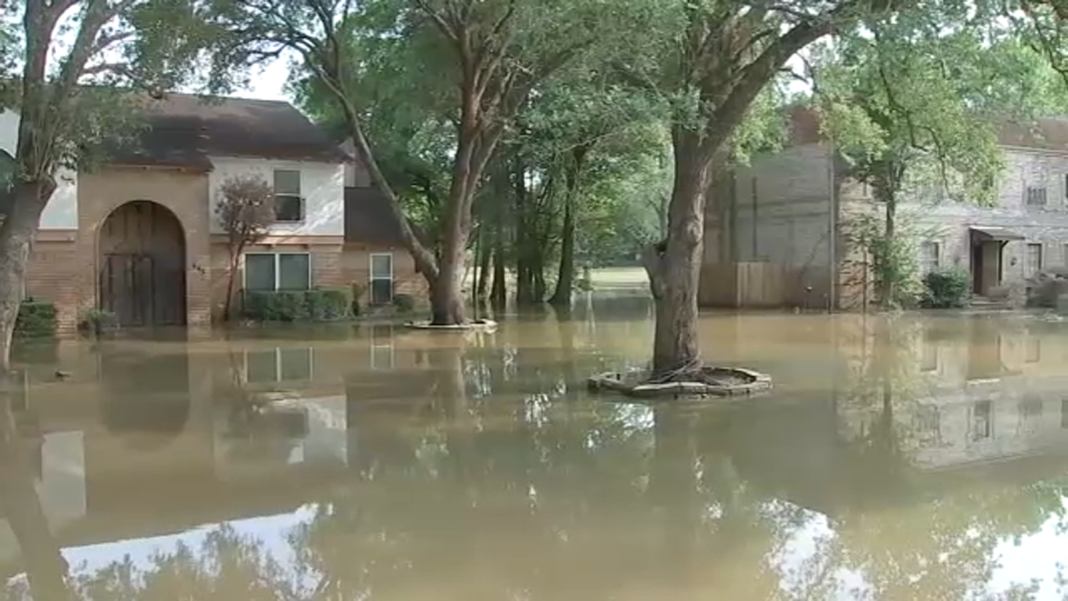 Do International Students Drive Rent Demand?
Do International Students Drive Rent Demand?
The issue of rising rents in Australia has sparked a blame game, with some pointing fingers at international students as the culprits behind the nation’s property crisis. However, the Student Accommodation Council and the Group of Eight (Go8), Australia’s most research-intensive universities, are challenging this narrative. They argue that the problem lies in supply-side issues such as underinvestment and government regulation.
According to Go8 CEO Vicki Thomson, international education is a crucial sector for Australia’s future prosperity. It not only contributes to the country’s skills and talent pool but also helps drive the nation towards becoming a knowledge economy. Thomson highlights that only around 16 percent of international students who study in Australia remain long term, but those who do make significant contributions to critical areas like cyber security, defense, engineering, and energy sectors.
The Go8 also emphasizes that its member universities provide or facilitate access to accommodation for over 83,000 students. The number of international student arrivals, they argue, has no direct impact on the underlying supply-side factors that contribute to the housing crisis. These factors include decades of underinvestment, government regulation, planning approvals, elevated construction costs, workforce shortages, supply chain disruptions, and weak productivity growth.
The Property Council of Australia’s Student Accommodation Council supports this view. They point out that rents began climbing in 2020 when migration was prohibited by travel bans and most students returned home. Median weekly rents increased by 30 percent between 2019 and 2023, while student visa arrivals decreased by 13 percent. Executive Director Torie Brown emphasizes that blaming international students alone is unfair and damaging to Australia’s reputation as a hospitable country.
To further debunk the myth that international students drive rent demand, Accenture data compiled in the report reveals three key misconceptions. First, rent prices have not increased as quickly in 2023 as they did in previous years. While there was a 4 percent increase in international students living in the country, median rents only hiked up by 24 percent between June 2019 and June 2023. Conversely, between June and October 2023, median rent increased by only 5 percent, while there was an 18 percent increase in international students.
Second, the data shows that most rental households are occupied by couples with children, single parents with children, couples without children, and single individuals. None of these renters hold international student visas, debunking the belief that student arrivals coincide with rental price increases.
Lastly, the report highlights that purpose-built student accommodations (PBSA) alleviate pressure on the rental market for houses and apartments. In 2021, 47,000 international students resided in PBSAs. Therefore, the Student Accommodation Council argues that the focus should be on increasing the number of PBSA projects to cater to the growing student population and alleviate rental demand pressures.
In conclusion, it is clear that blaming international students for the housing crisis in Australia is unfounded. The issue is rooted in supply-side problems such as underinvestment and government regulation. International students make valuable contributions to critical sectors and play a minor role in rent price increases. To address the housing crisis effectively, it is vital to focus on increasing the supply of purpose-built student accommodations while also addressing broader supply issues in the market.


